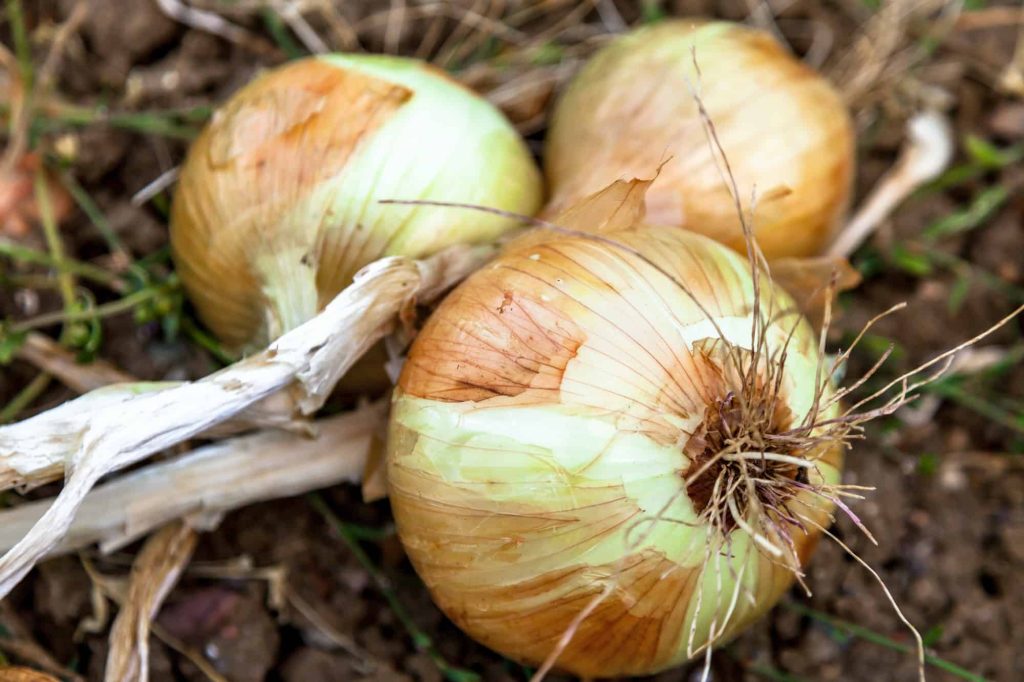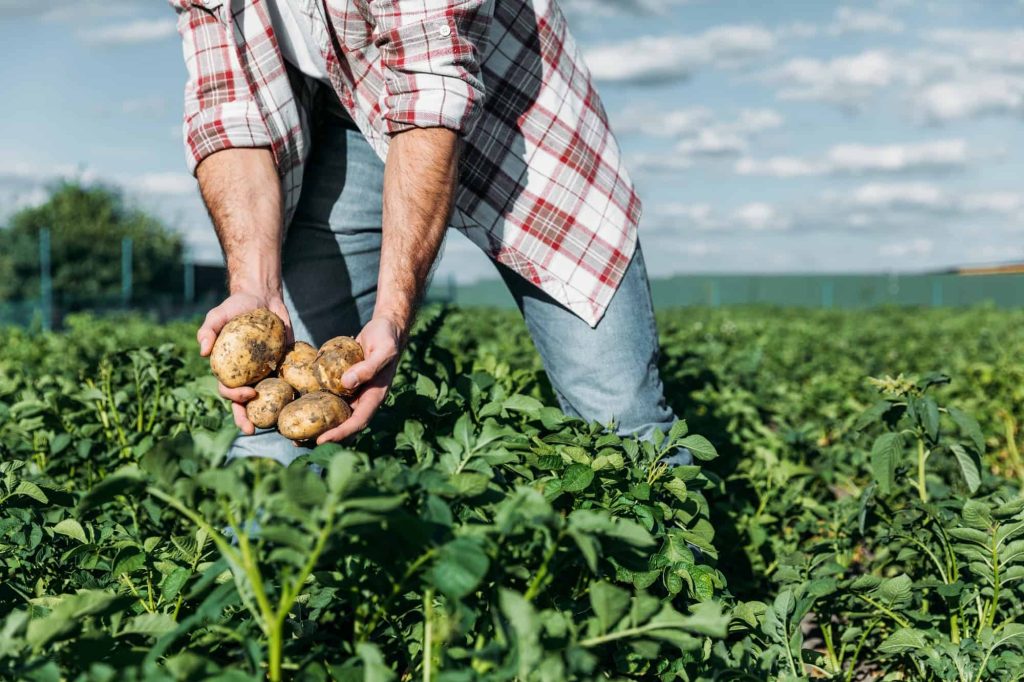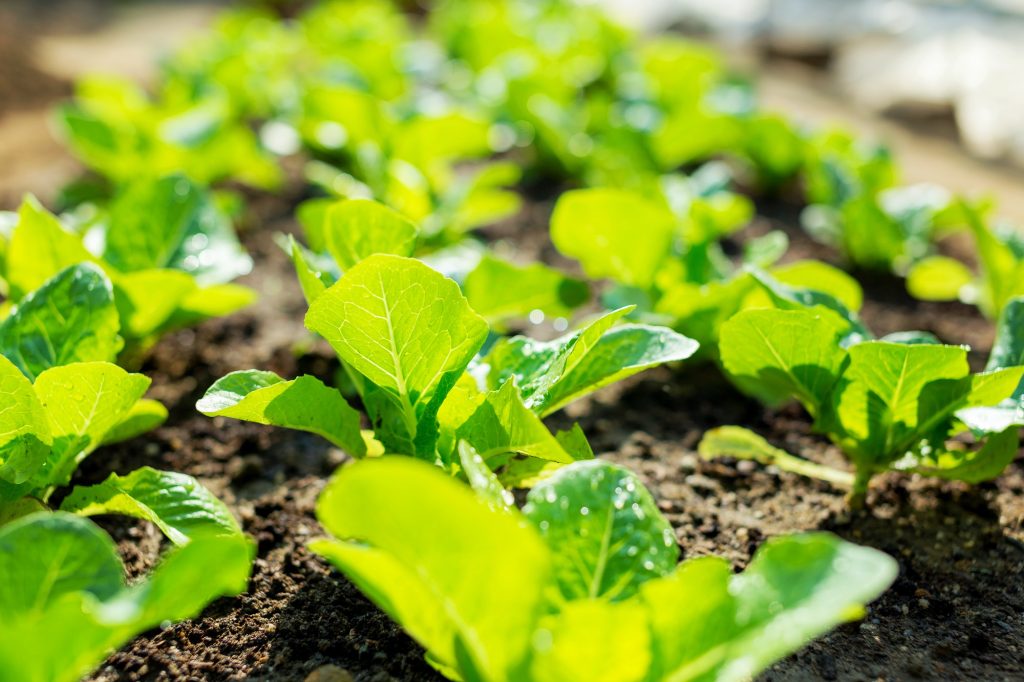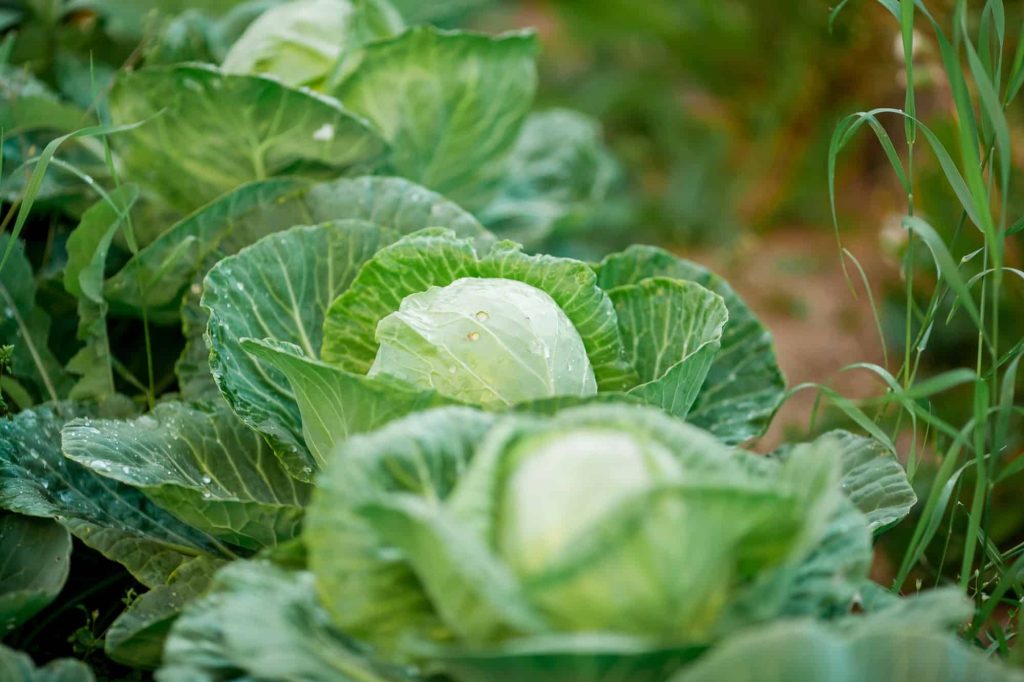Cabbage is susceptible to pests which can destroy the yield of the plant. This is when companion planting comes into play. Aphids, slugs, and maggots will no longer be a problem for your plants when you adopt companion planting in your garden.
Cabbage is a low-maintenance vegetable that blooms once or twice a year. It belongs to the brassica family and grows best in the fall and winter. They can also thrive in summer. It is recommended, however, that you plant your cabbage during summer. Your crop should be ready in the middle of summer which is the best time to harvest cabbage.
Cabbage is one of the easiest vegetables to grow and some of the best companion plants to grow with it are borage, beet, peas, dill, buckwheat, potatoes, bean, and onions. Plants that won’t do well as companion plants with cabbage are strawberries, grapes, rue, and tomato.
Cabbage is a nutrient-hungry plant, so it’s important to choose your companion plants carefully. You can’t afford to be careless with the type of vegetables, herbs, or flowers to grow with cabbage else your harvest will be limited.
Thus, learning more about these plants is essential before attempting to cultivate them.
8 Best Cabbage Companion Plants
Chemicals like pesticides are kept at bay when companion planting is practiced. Companion planting is an all-natural way to keep your plants healthy. If you grow good companion plants with your cabbage, it will be disease and pest-free.
1. Beet
Beets offer cabbage with several benefits. To maintain a healthy plant, make sure you cultivate your cabbage in rich soil (mixed with compost). Beet can be used to make compost. Beets also provide essential nutrients to the soil. All of this contributes to the growth of your cabbage.
2. Onions

Pests of all kinds are repelled by the pungent odor of alliums. A good example of an Allium plant that releases a pungent smell is an onion. When you plant onions near your green leafy cabbage, pests like cabbage moths, worms, and loopers will steer clear of it. They also improve the taste or flavor of your plant.
3. Buckwheat
Buckwheat may appear to be a vegetable, but it is a grain plant. Parasites are attracted to buckwheat and can serve as pest control. To get rid of common cabbage pests, simply grow some buckwheat plants. Pollinators and helpful insects get attracted to buckwheat to aid pollination.
4. Borage
Borages are known for attracting beneficial pollinators like bees and butterflies to your garden. It also repels pests by creating an unpleasant stench that they dislike. It employs a strategy of attracting predators that will also feed on the pests. Borage is an excellent companion plant for cabbage in the garden.
5. Bean
Cabbage requires 6 to 8 hours of direct sunlight to thrive. In addition, too much sunlight might cause the cabbage to wilt, necessitating the use of shade. Your cabbage will have a gloomy backdrop thanks to the beans. Providing shade to your plant might also help it avoid disease infections.
6. Potatoes

The growth of your cabbage is aided by potatoes. They make a good match when planted together with cabbage in your patch. However, if the soil has previously supported a nightshade crop, it is not suggested that potatoes be planted there. It carries the risk of contracting illnesses. The addition of potatoes to your cabbage plant enhances the flavor even further.
7. Dill
The smartest decision you can make is to grow Dill alongside your cabbage. For your cabbage to turn out green and lush, you must choose the correct partners. Beneficial insects are attracted when Dill is planted, while pests are repelled.
8. Peas
Plants that fix nitrogen in the soil are known as legumes. Cabbage requires a lot of nutrients to grow, whereas peas aid with soil fertilization. If you don’t want your cabbage to be nutrient-deficient, simply plant a cover crop with it. Cover crops also give your cabbage some shade, which helps keep the leaves moist.
What Not To Plant With Cabbages
Cabbage has many garden companions that you can grow with it, but it also has some plants you should avoid. These plants are considered as bad companions and dangerous to the growth of your vegetable. They can attract pests to it resulting in the reduction of its yield.
1. Lettuce

Lettuce and cabbage should only be found together in your dish but not in the garden. That’s because both of them attract the same pests. For example, a cabbage moth will eat your lettuce just as it will do to your cabbage. Planting them together is not a good idea. They both consume a large number of nutrients which can lead to competition. Cabbage can also harm lettuce by inhibiting the development of its seed.
2. Strawberry
Cabbage harms strawberry development. They both require a lot of nutrients to be healthy and if they were planted on the same patch, it will result in a competition. As a result of the competition, your cabbage’s development will be hampered, and your strawberry’s growth will be stunted.
3. Tomatoes
Tomatoes are one of the most unsuitable cabbage companion plants. They are carriers of fungal infections and can infect your cabbage with diseases. Cabbage, on the other hand, can deplete the nutrients that your tomatoes need to thrive.
4. Rue
Pests prey on young cabbage plants. A good example of this pest is the whitefly. Whitefly will be drawn to rue and feed on cabbage since they are close to each other. Rue also produces chemicals that are detrimental to the growth of your cabbage.
5. Grapes
It’s not a good idea to plant grapes with your cabbage. The only contribution this video e plant will make is to stunt the growth of your cabbage.
Cabbage Companion Planting Guide
If you’re going to practice companion planting with your cabbage plants, you’ll need these tips.
- Cabbage comes in varieties that should be cultivated at different times of the year. So before you choose to plant cabbage, make a wise choice of the type of variety you want to plant.
- The seasons of spring and summer are ideal for growing cabbage.
- Cabbage grows best on soil that is rich and well-drained.
- Before you begin planting, make sure the soil pH is at least 6.5.
- Cabbage seed requires a 1/2-inch depth and an 18-25-inch spacing.
- Rotating the crops you cultivate in your garden is very important. Never plant cabbage in your garden more than once.
- Fertilizers should be applied to the soil regularly.
- Cabbage loves moisture, so you’ll need to mulch it to keep it from drying out.
- The perfect season for growing your cabbage is the spring and summer seasons
- Expose your cabbage to a temperature of 60-65 F.
When should you fertilize your cabbage?
Before transplanting your cabbage outside, start nurturing it indoors. Fertilize it frequently after it has been transplanted, at least two weeks after it has been transplanted.
Does cabbage grow in shade?
Some crops thrive in shade but cabbage needs six hours of direct sunlight to yield a good harvest. Chard, carrots, broccoli, and other vegetables can thrive in the absence of direct sunlight but cabbage needs enough sunlight to grow well.
Will cabbage regrow?
Cabbage is an annual plant that does not regrow, although it spans into the second year if it is properly cared for.
How do you protect cabbage from moths?
Cabbage moths are a widespread pest of brassicas, particularly cabbages. Simply spray your garden with a pesticide to get rid of these pests.
How often do you water cabbage seedlings?
Your cabbage seedlings will benefit from 1-1.5 inches of watering. It doesn’t need a lot of water to develop because wetness can harm it.
What month do you harvest cabbage?
Cabbage is ready to harvest after 80 days. Depending on the cultivar you plant, it may be ready to harvest after 180 days. September and August are the ideal months to harvest cabbage.
Can you grow cabbage all year round?
Cabbage grows best in the spring and late summer. It will not survive the winter, therefore don’t try to plant it in the winter. Cabbage harvests come in varieties each with its growing season. However, planting your cabbage during the spring to mid-summer season is the best season to plant. After which your harvest will be ready 80 days from the planting date.
What can I plant with cabbage to deter pests?
Planting Allium alongside your cabbage will keep pests like moths at bay. Growing onions, garlic, and herbs beside your cabbage will keep it pest-free. Onions are known for defending plants from pests, whether they are herbs or vegetables. Other plants to consider include yarrow, peas, and nasturtium.
What can you not plant close to cabbage?
It is not advisable to plant two brassicas in the same patch because they’ll attract the same bugs and hinder the growth of your cabbage. Brassicas aren’t the only plants to stay away from when growing cabbage. Strawberries, grapes, and tomatoes should also be avoided because they will stunt the growth of your cabbage.
Conclusion
In the preceding paragraphs, you learned everything you need to know about cabbage companion planting.
As a result, you should have no trouble harvesting successfully. It’s crucial to note, though, that cabbage comes in a variety of kinds, each with its season. So, before you start gardening, think about this. Find out more about these varieties and seasons to plant them.
More companion planting ideas:
- Blueberry Companion Plants (What Not To Grow Near Blueberries)
- Cauliflower Companion Planting (What Not to Grow Near Cauliflower)
- Zucchini Companion Plants (What Not To Grow Near Zucchini)
- Pumpkin Companion Plants (What Not To Grow Near Pumpkins)
- Mint Companion Plants (What Not To Grow Near Mint)
- Rosemary Companion Plants (What Not To Grow Near Rosemary)
- Basil Companion Plants (What Not To Grow Near Basil)

